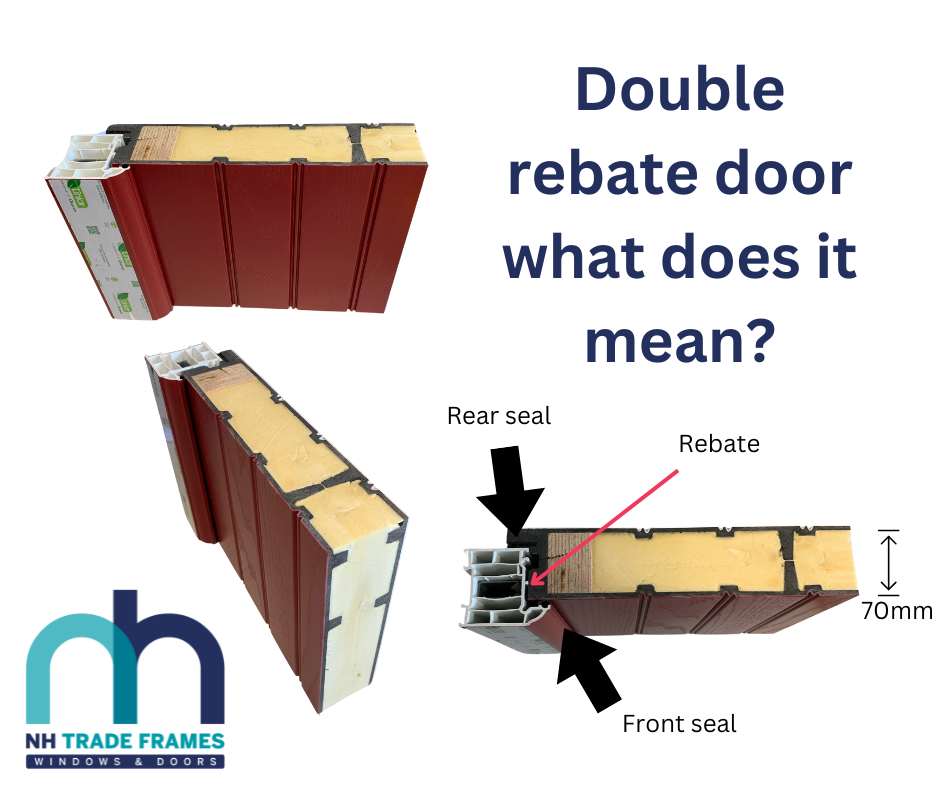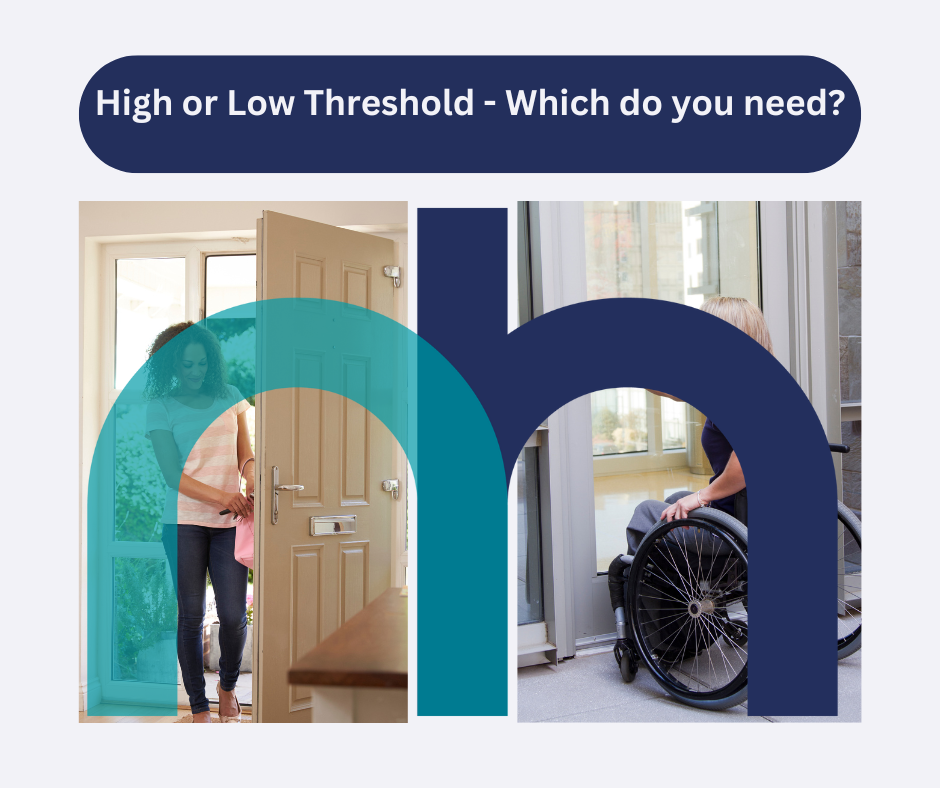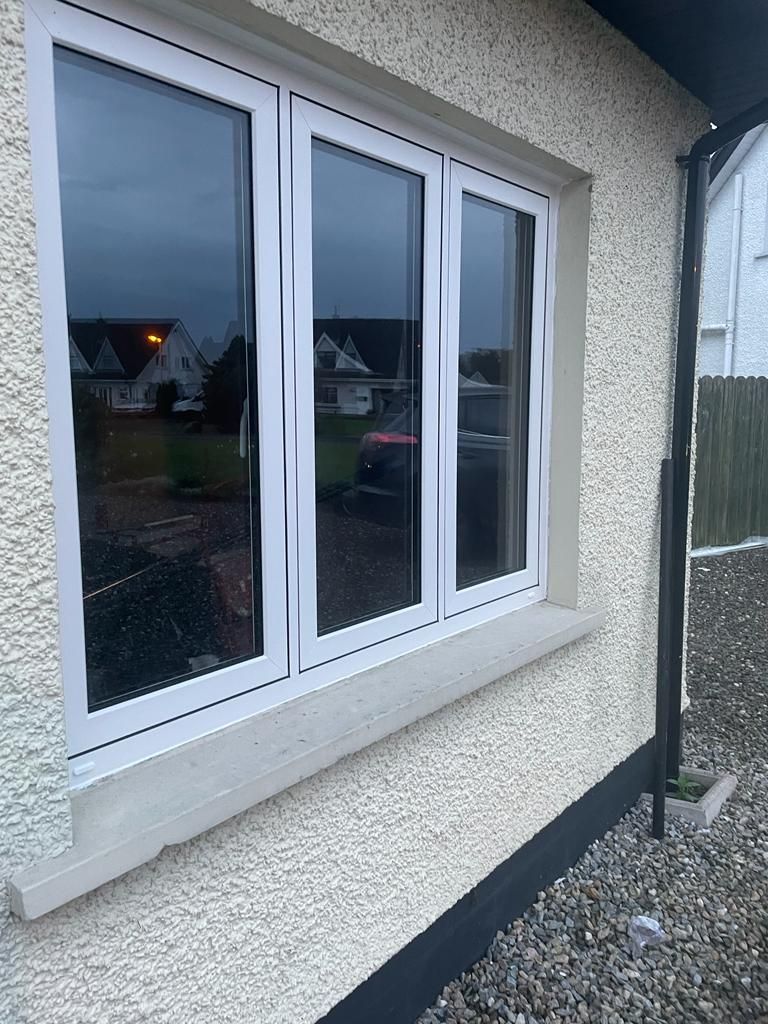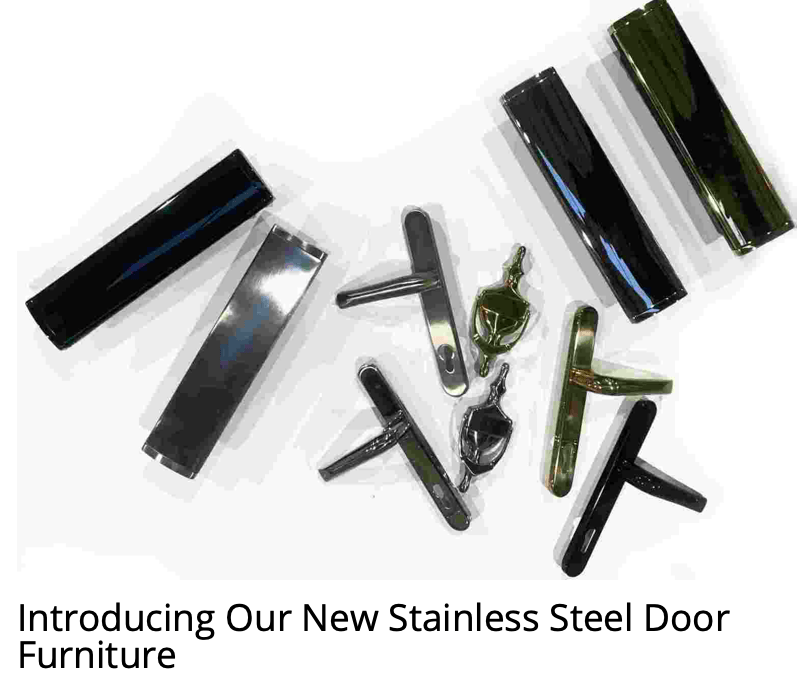028 9084 2717
Blog Layout
A Rated Windows
Neil Henderson • August 10, 2021
Rated Windows Guide
You may think that by installing double glazed windows into your home, it will mean that your house will be warmer for longer, heating bills will be reduced and the value of your home will rise.
But this isn’t always the case.
Many homeowners don’t know that there are window energy ratings for different types of double glazing.
And in this guide, we want to tell you everything you need to know about energy-efficient windows, what the difference between A Rated windows and B Rated windows is and what the overall impact these have on your home.
Lets look at the following topics;
- Window Energy Ratings
- A Rated Windows Explained
- B Rated Windows Explained
- C Rated Windows Explained
- Other Ratings
Window Energy Ratings (WER)
So what are window energy ratings?
Provided by the BFRC, it’s a colourful, easy to read label that showcases the overall energy efficiency of a complete window, from the frame to the glass on how well the window performs.
The performance of the window takes into account a number of factors including heat loss, solar gain and air leakage, together this creates how the information is displayed through the BFRC energy rating label as pictured above.
And what was once a nice to have in heat retention and lowering energy bills per month has become a necessity, it’s now become a legal requirement.
So what do the ratings actually mean?
A Rated Windows Explained
Quite simply, the higher the rating, the better the overall performance of the window. So if you have a higher budget and you’re willing to invest in A Rated or A+ Rated windows, then you will be receiving the highest energy-efficient windows on the market.
But there is a trade-off between how much money you want to spend installing your windows versus how much money you think you may potentially save in the long run.
Homeowners with disposable income may not have this worry and can afford to install the best of the best.
But for homeowners who are cautious about their spend, but also want to invest and save money down the line, B Rated windows might be a better choice.
B Rated Windows Explained
Whilst still receiving most of the energy-saving benefits A Rated windows have to offer, B Rated windows offer slightly less in terms of an overall return on investment.
The only real difference for B Rated windows is they’re not as high-performing as A Rated windows are and they’re slightly cheaper to buy and install up-front.
This is why B Rated windows are a great option for more cautious homeowners.
Ones who have the money to spend on new windows for their home, but don’t want to go overboard with their spending and find that B Rated windows offer everything they need in terms of spend versus cutting energy costs.
It mostly comes down to short term versus long term.
In the short term, there is a higher up-front cost in order to receive and install A Rated or B Rated windows into the property, but the long term is how much impact those windows will have in reducing energy bills, promoting heat retention and boosting sustainability and energy efficiency throughout the house.
C Rated Windows Explained
For homeowners who are on a more tighter budget but want to upgrade their double glazed windows to something better that can reduce energy costs, C Rated windows might be the best option.
Whilst the difference between B Rated and C Rated is a closer gap than A Rated to C Rated, so too is the outcome from these windows.
The cost of energy bills may not be reduced as greatly as A Rated windows and heat loss may become more of a factor the lower down the window energy rating scale you get, but take into account the up-front cost for C Rated windows would be considerably much lower.
That’s why with C Rated windows, they take into account budget. Receiving some of the energy-saving benefits at a more budget-level price.
Other Ratings
The lower down the window energy rating label you go, the less energy efficient the windows start to become and perform less.
That’s why we would highly recommend staying above the C Rated windows if your budget allows you to do so.
We understand there is a trade-off between up-front costs and overall energy-saving benefits. But to go lower than C Rated windows, especially for an upgrade would potentially not be worth the investment due to not seeing any positive energy impacts for heat retention within the home.
However, this is purely our advice and each situation and homeowner is different. Please proceed with caution before investing in any double glazing windows and be sure to gather your research beforehand, to make an informed decision.
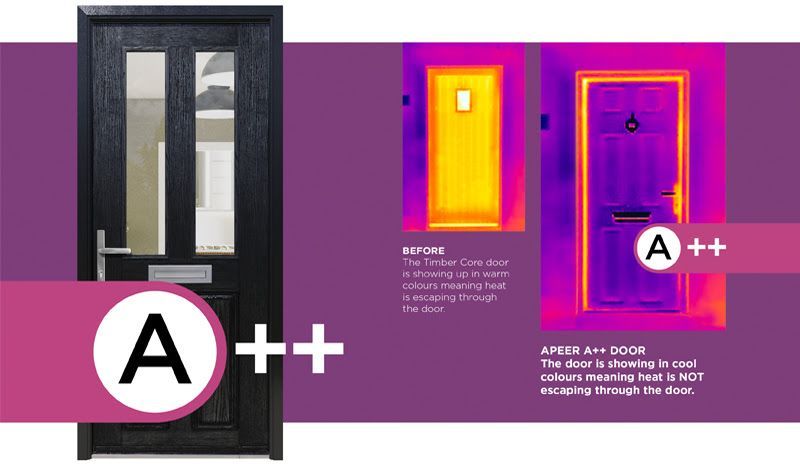
By Neil Henderson
•
October 11, 2024
As the weather starts to cool down and we prepare for the chillier months ahead, now is the perfect time to think about upgrading your home’s entrance with an Apeer A++ Energy Efficient Door. Here’s why making the switch to an Apeer door this autumn could be one of the best decisions you make for your home. What Makes the Apeer A++ Door So Special? As one of Newtownabbey's leading suppliers of Apeer doors, we know that their reputation for energy efficiency and durability is unmatched. The Apeer A++ door is designed to offer significantly better performance than other composite doors on the market, especially when it comes to keeping your home warm and secure. Let’s break down some of the reasons why these doors stand out. Superior Energy Efficiency One of the key benefits of the Apeer A++ door is its outstanding energy efficiency. The door offers a much better U-value than most other composite doors, meaning it does a far better job of keeping heat inside your home and preventing energy loss. This is especially important as energy prices rise, and more homeowners are looking for ways to reduce their heating bills. Apeer doors have gone through rigorous testing to ensure they are up to the mark to provide optimum energy efficiency.
Contact us
Thank you for contacting us.
We will get back to you as soon as possible
We will get back to you as soon as possible
Oops, there was an error sending your message.
Please try again later
Please try again later
© 2025. The content on this website is owned by us and our licensors. Do not copy any content (including images) without our consent.

